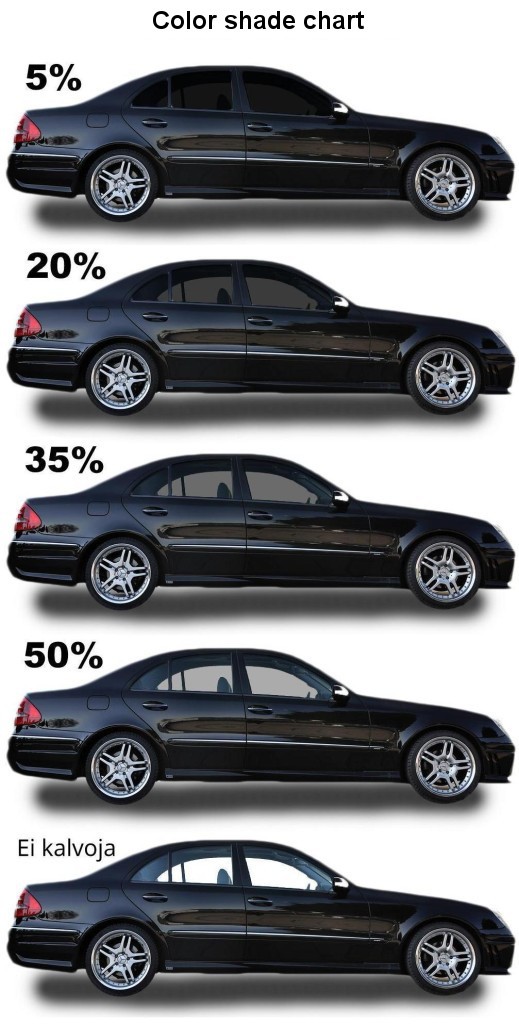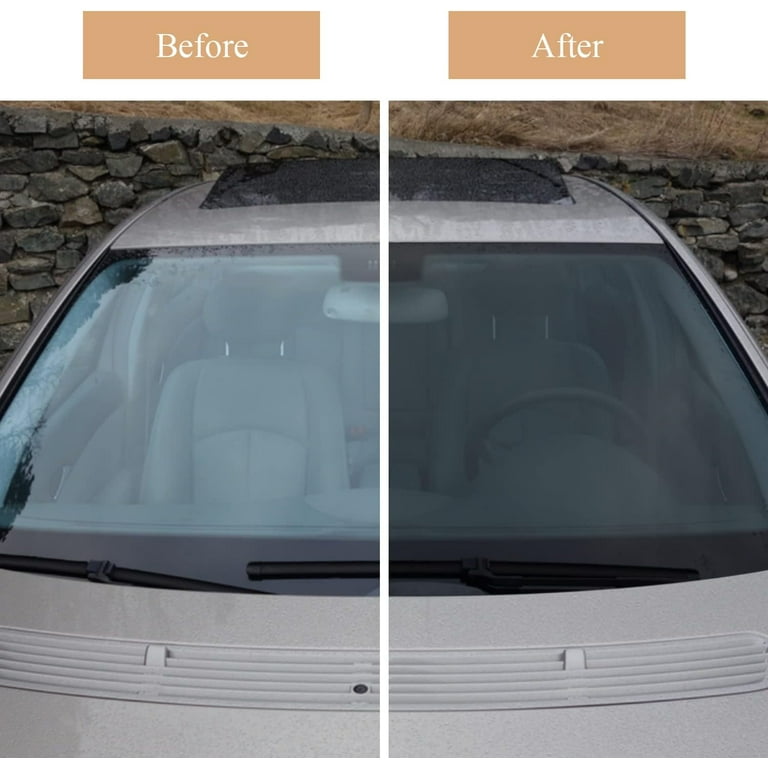Discover the Benefits of UV Defense with Automobile Window Tinting
Discover the Benefits of UV Defense with Automobile Window Tinting
Blog Article
Home Window Tinting Rules and Standards: What You Required to Know Before Tinting Your Vehicle
Prior to proceeding with window tinting for your automobile, it is important to acquaint yourself with the diverse laws and guidelines that govern this method throughout different states. These regulations determine the permitted degrees of color darkness, usually measured by visible light transmission (VLT) percentages, and consist of certain terms for front windshields aimed at making certain road security. In addition, particular jurisdictions may use medical exemptions for people with certifying conditions. Comprehending these intricacies can conserve you from prospective legal ramifications, but what are the details policies in your state?
Introduction of Home Window Tinting Regulations
Window tinting regulations are frequently based on variant across different jurisdictions, mirroring local regulations and security considerations. These legislations determine the allowable levels of tint darkness and reflectiveness on car home windows, guaranteeing that motorists keep sufficient visibility while likewise securing against unsafe UV rays and warmth.
Many laws identify home window tinting based upon the Visible Light Transmission (VLT) percentage, which suggests the amount of light that can pass with the home window. Generally, reduced VLT portions symbolize darker colors. Regulations typically separate in between the front, side, and rear windows, with more stringent limitations applied to the front windscreen to enhance safety and security for both the motorist and other road users.
Conformity with home window tinting regulations is essential, as violations can result in penalties, mandatory elimination of the tint, and potential boosts in insurance costs. It is vital for lorry owners to familiarize themselves with local legislations before proceeding with home window tinting installations.
State-by-State Tint Laws
Understanding the particular home window tinting laws in each state is vital for vehicle owners seeking to abide by the regulation. Each state in the U.S. has actually established its very own set of regulations controling window tinting, which can vary considerably. These laws often determine the allowable levels of color darkness, the types of home windows that can be tinted, and any type of medical exceptions that might apply.
For example, states like The golden state have stringent restrictions on tint darkness for front windows, while others, such as New Mexico, may permit darker tints. In addition, specific states mandate certain visibility percents for different home windows, including the windscreen, front side windows, and back windows. It is vital for car owners to acquaint themselves with their state's laws to stay clear of prospective penalties or penalties.
Furthermore, some states may require a qualification sticker label to be placed on tinted windows, showing compliance with state laws. Failing to stick to these laws not just runs the risk of lawful consequences however can additionally impact safety and visibility while driving. For that reason, lorry owners ought to carry out comprehensive research or get in touch with regional authorities to ensure full understanding and compliance with state-by-state color guidelines.
Allowed Color Types and degrees
Many vehicle proprietors may be stunned to discover that permitted color degrees and types differ commonly across various states. Each state has developed its very own regulations regarding the acceptable darkness and reflectivity of home window tint, frequently determined by Visible Light Transmission (VLT) percents. VLT refers to the amount of light that can pass through the tinted home windows; hence, a lower portion shows a darker tint.

In addition, the sorts of color products enabled can vary, with some states forbiding metallic or mirror-like coatings. It is necessary for his explanation automobile owners to acquaint themselves with their state's details legislations to make sure conformity. Non-compliance can lead to fines, mandatory elimination of the color, or various other lawful repercussions, making it crucial to comprehend these laws prior to waging setup.
Medical Exceptions for Tinting
While not all states provide allocations for clinical exceptions regarding window tinting, those that do recognize the requirement for details people to improve presence and comfort because of medical problems. Different medical conditions, such as lupus, skin cancer cells, and certain eye conditions, can make individuals particularly delicate to sunshine. These individuals may need darker colors to shield themselves from harmful UV rays and glare.

It is essential to note that despite having a clinical exemption, there might still be limitations on the level of tint allowed. Compliance with state regulations ensures that people are both secured and within legal limitations. Those thinking about clinical exemptions should call their neighborhood Department of Motor Automobiles or equivalent authority to comprehend the demands and look at this now procedures essential to request an exemption successfully.
Penalties for Non-Compliance
Failing to abide by home window tinting laws can result in considerable charges, which vary by state. Legislation enforcement companies are encouraged to release citations for automobiles that do not abide by the defined tinting policies. These penalties usually consist of penalties, which can vary from moderate quantities to a number of hundred bucks, depending on the seriousness of the infraction and the state concerned.
In some territories, duplicated offenses may cause intensifying penalties or extra penalties, such as mandatory court appearances. In addition, non-compliance might necessitate the elimination of unlawful tinting, often at the owner's cost. In severe situations, regular transgressors might deal with suspension of their car enrollment till compliance is attained.
Additionally, insurance coverage effects might emerge from obtaining multiple citations for home window tint offenses. Insurance firms may view such infractions as a sign of riskier behavior, potentially resulting in increased premiums or problem in coverage.
To stay clear of these charges, it is important for automobile proprietors to acquaint themselves with their regional window tinting laws and make certain that their vehicle complies (Window Tinting). This positive strategy not only stays clear of lawful ramifications however additionally promotes road safety and security
Conclusion

A lot of policies classify home window tinting the original source based on the Visible Light Transmission (VLT) percentage, which indicates the amount of light that can pass through the home window. Compliance with window tinting policies is vital, as offenses can result in penalties, necessary removal of the tint, and prospective rises in insurance costs.Comprehending the details window tinting laws in each state is vital for car owners looking for to abide with the law. These laws frequently dictate the allowable levels of color darkness, the types of windows that can be tinted, and any type of medical exemptions that might use.
For circumstances, states like The golden state have strict constraints on color darkness for front windows, while others, such as New Mexico, may permit darker colors.
Report this page